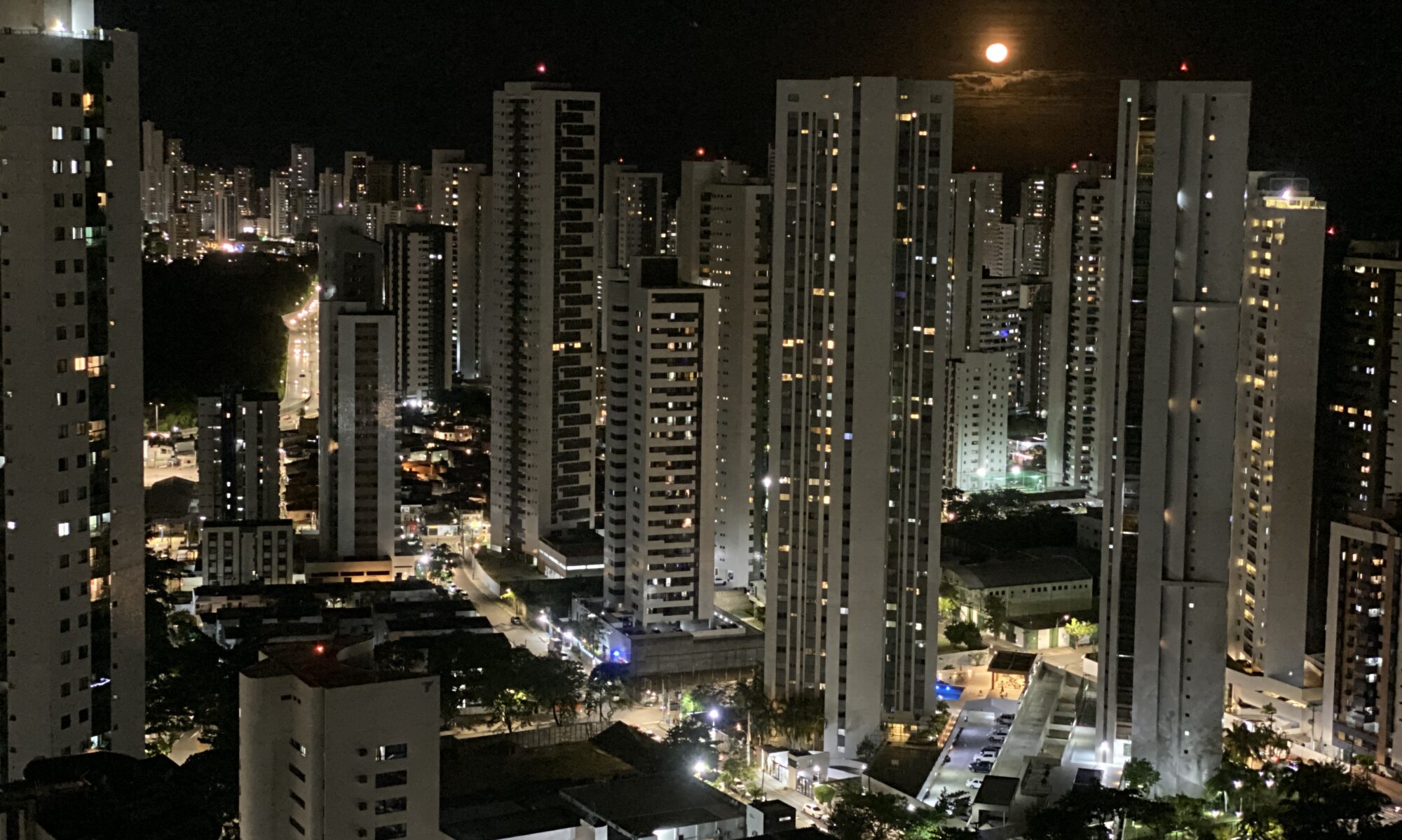The construction of the Sanctuary of Bom Jesus do Matosinhos was begun in 1757, in what was then known as the Freguesia de Nossa Senhora da Conceição das Congonhas (the Parish of Our Lady of the Conception of Congonhas), now Congonhas do Campo, Minas Gerais, by the Portuguese Feliciano Mendes, in fulfilment of a vow made when he was suffering from a serious illness contracted in the mines. Inspired by the sanctuaries of Bom Jesus do Matosinhos, near the city of Porto, and of Bom Jesus de Braga, both in Portugal, the complex took more than 60 years to complete and was the work of the most noted artists and craftsmen of this “gold country” – various contributions, which are responsible for the unique style of the time, and which have made it one of the most extraordinary monuments in Brazil.
Built on the top of the Morro do Maranhão, the church was the first part of the sanctuary to be constructed. It was the work of the master masons Domingos Antonio Dantas and Antonio Rodrigues Falcado, and, more importantly, Francisco Lima Cerqueira and Thomaz de Maia Brito, who were responsible for the main chapel, the towers and the conclusion of the undulating pediment, works which were carried out between 1769 and 1773.
It was Cerqueira, one of the most important architects working in Minas Gerais in the second half of the eighteenth century, who was the author of the architectural innovations in the church which were to form the basis of an architectural school in the region: a single nave without lateral aisles, with the towers rising from the flanks of the nave, set back somewhat from the line of the front facade. The flamboyant rococo decoration of the interior, including the carvings of the altarpieces, statues and ornamental work, and the paintings lining the nave, main chapel and wall panels, make the church of Bom Jesus do Matosinhos an edifice comparable to the church of São Francisco de Assis in Ouro Preto.
After the church came the construction of the terraced churchyard, based on the several flights of the staircase leading up to the church. This was the work of Thomaz de Maia Brito and was carried out between 1777 and 1790. The statues of the 12 Old Testament Prophets, sculpted in soapstone and distributed symmetrically through the different levels of the churchyard, were the work of Antonio Francisco Lisboa, known as “Aleijadinho”, and were done between 1800 and 1805. They are one of the last works of the great sculptor and have a wonderful effect in their setting.
Aleijadinho was also responsible for the figures of the Steps of the Passion, sculpted between 1796 and 1799, which make up the Stations of the Cross. They are housed in six small chapels which extend in a line down the slopes of the Morro do Maranhão facing the churchyard. The artist was assisted by colleagues and apprentices in the production of the 66 figures, but the more important statues were his work alone.
The painting of the statues was done progressively, as and when the chapels to house them were completed. The scenes of the Last Supper, the Garden and the Arrest were painted by Manoel da Costa Athayde between 1808 and 1819. The other chapels were built somewhat later, in the second half of the nineteenth century, and it was probably then that the figures in these chapels were painted. The difference in pictorial treatment between the earlier and later figures is noticeable.
In 1974, the access ramp to the Sanctuary was remodelled under a scheme prepared by the landscape artist Roberto Burle Marx. The scheme linked up the chapels of the Steps of the Passion by a twisting path made of stone slabs, interspersed with gardens, which emphasizes the harmony between the statues and their natural surroundings.

